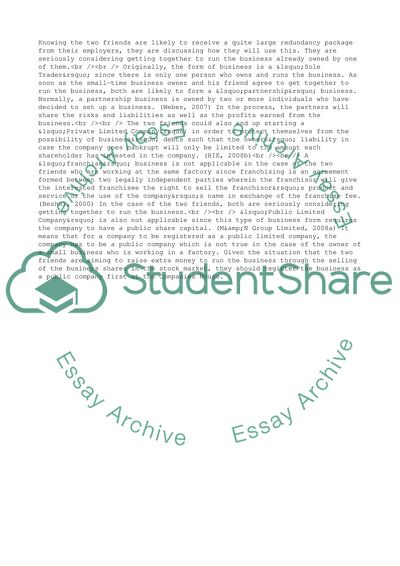Cite this document
(Organizational Behaviour, Types of Ownership, and Mixed Economy Issues Assignment - 2, n.d.)
Organizational Behaviour, Types of Ownership, and Mixed Economy Issues Assignment - 2. https://studentshare.org/business/1714264-business-organisations
Organizational Behaviour, Types of Ownership, and Mixed Economy Issues Assignment - 2. https://studentshare.org/business/1714264-business-organisations
(Organizational Behaviour, Types of Ownership, and Mixed Economy Issues Assignment - 2)
Organizational Behaviour, Types of Ownership, and Mixed Economy Issues Assignment - 2. https://studentshare.org/business/1714264-business-organisations.
Organizational Behaviour, Types of Ownership, and Mixed Economy Issues Assignment - 2. https://studentshare.org/business/1714264-business-organisations.
“Organizational Behaviour, Types of Ownership, and Mixed Economy Issues Assignment - 2”. https://studentshare.org/business/1714264-business-organisations.


